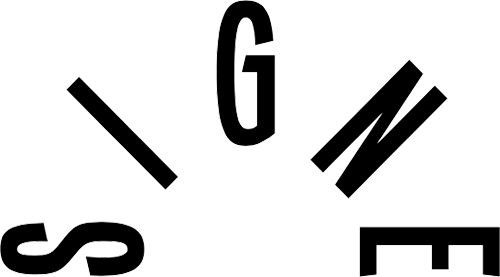Created in 2023, the “light energies - uses, architectures, landscapes” exhibition and its touring version showcase an exploration of potential futures imbued with frugality and emancipated from fossil fuels and non-renewable materials.
Perceiving energy in a new light, rendering the invisible visible, and quantifying the immeasurable. Sharing and disseminating the means to mend our world, and providing ourselves with the tools and appropriate resources to do so. Making the world lighter and freeing it from fossil fuels. This is not just a project but a challenge and one almost as whimsical as Don Quixote tilting at windmills.
All forms of energy—whether derived from animals, flowing water, wind, solar radiation, fossil fuels, or nuclear fission—require specific architectures, contributing significantly to the 30,000 trillion tons of materials humanity has utilized for constructive purposes. The process of extracting, producing, converting, transporting, distributing, and storing energy is inherently ‘heavy.’ Examining these infrastructures unveils the tumultuous relationship between architecture and energy, probing into the territorial, aesthetic, and cultural impact of technology.
From the evolution of windmills to modern wind turbines, from ancient uses of fire to contemporary solar chimneys, the exhibition unveils the trajectories of energy architectures, one after the other, assessing their current scope and envisioning their future.
Drawing from collective imaginaries including urban roofscapes, the Seine riverbank, plains and forests, as well as interiors, the exhibition proposes (subtly) altered everyday landscapes—six ordinary locales and viewpoints where post-carbon futures are taking shape.
The Lightweight Energy exhibition employs novel representations in the form of models and prototypes to showcase an exploration of potential futures imbued with frugality and emancipated from fossil fuels and non-renewable materials.
All forms of energy—whether derived from animals, flowing water, wind, solar radiation, fossil fuels, or nuclear fission—require specific architectures, contributing significantly to the 30,000 trillion tons of materials humanity has utilized for constructive purposes. The process of extracting, producing, converting, transporting, distributing, and storing energy is inherently ‘heavy.’ Examining these infrastructures unveils the tumultuous relationship between architecture and energy, probing into the territorial, aesthetic, and cultural impact of technology.
From the evolution of windmills to modern wind turbines, from ancient uses of fire to contemporary solar chimneys, the exhibition unveils the trajectories of energy architectures, one after the other, assessing their current scope and envisioning their future.
Drawing from collective imaginaries including urban roofscapes, the Seine riverbank, plains and forests, as well as interiors, the exhibition proposes (subtly) altered everyday landscapes—six ordinary locales and viewpoints where post-carbon futures are taking shape.
The Lightweight Energy exhibition employs novel representations in the form of models and prototypes to showcase an exploration of potential futures imbued with frugality and emancipated from fossil fuels and non-renewable materials.


